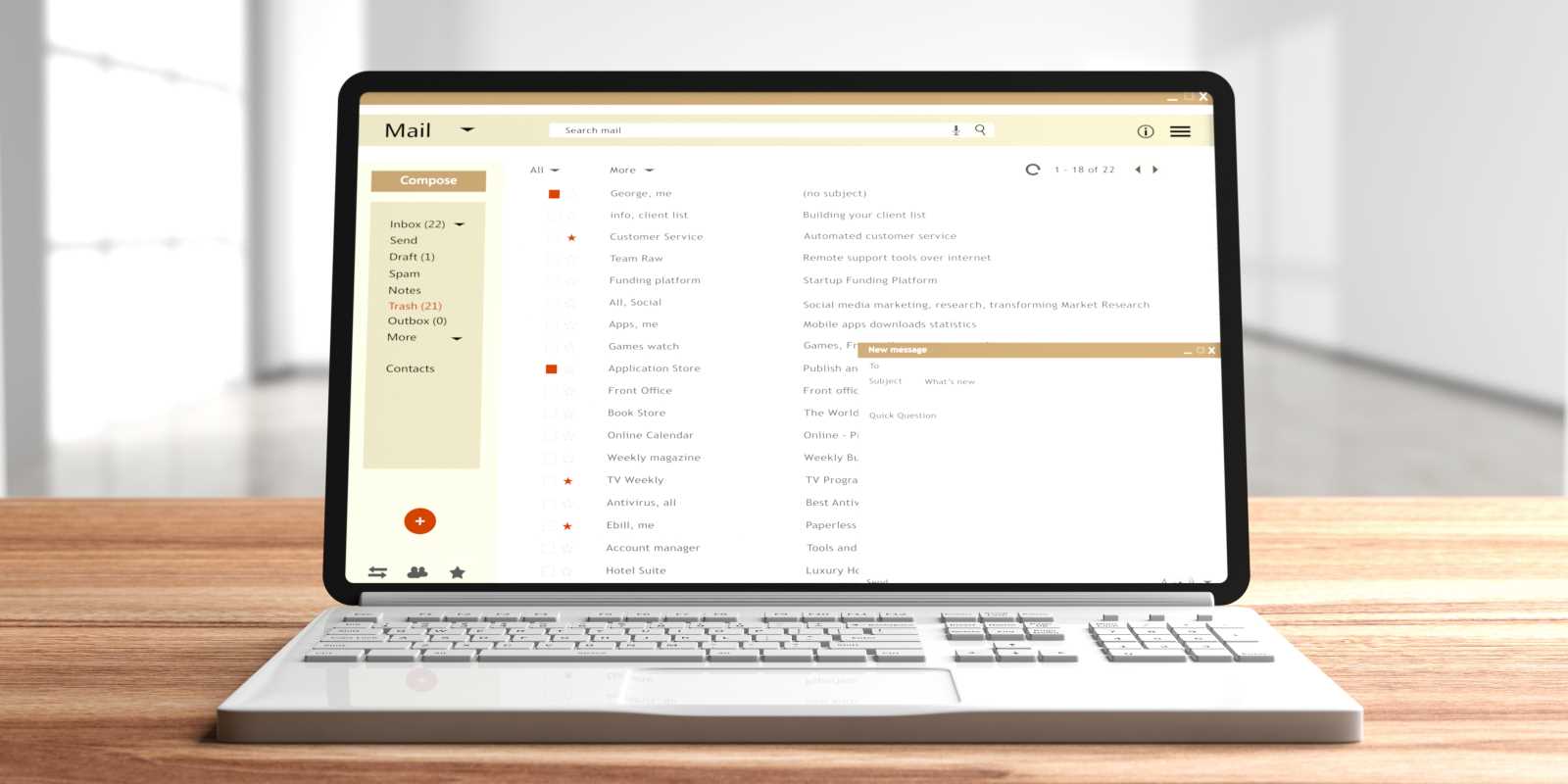The concept of work-life balance is a goal many of us strive for, picturing a perfect split between our professional and personal lives. We imagine our days divided into neat, equal segments of work, family, and self-care. This idealized image, however, can create more pressure than peace. The pursuit of a flawless balance often leads to feelings of failure because the myths surrounding it set an impossible standard. True balance is not about achieving a perfect equilibrium every single day. It is a dynamic, personal journey of integration and prioritization. Let’s debunk the common work-life balance myths and uncover a more realistic, fulfilling path to a harmonious life.
The Problem with Perfect Balance
Many popular ideas about work-life balance sound good in theory but are damaging in practice. They create unrealistic expectations that can lead to burnout, guilt, and a constant sense of not measuring up. Understanding these myths is the first step toward building a healthier relationship with work and life.
Myth 1: Balance Means a 50/50 Split
The most persistent myth is that work-life balance means giving equal time and energy to your professional and personal lives every day. This creates a picture of a perfectly balanced scale, where eight hours of work are matched by eight hours of personal time. This rigid formula is not only unrealistic but also undesirable.
Life is fluid and unpredictable. Some days, a critical project at work will demand more of your attention. On other days, a family event or a personal need will take priority. The attempt to force a perfect 50/50 split every day leads to guilt and frustration. You feel like you are failing when one side of the scale inevitably tips. A healthier approach is to see balance over a longer period, like a week or a month, allowing for natural shifts in focus.
Myth 2: More Free Time Automatically Equals More Happiness
Another common belief is that the key to happiness is simply working less and having more free time. It is easy to imagine that all our problems would disappear if we just had more hours to relax. This myth overlooks a crucial element of well-being: engagement and purpose.
While rest is vital, a life devoid of meaningful challenges can feel empty. The quality of your time is far more important than the quantity. A fulfilling career can be a significant source of satisfaction, creativity, and personal growth. The goal is not just to minimize work but to ensure that both your work and your personal time are enriching and aligned with your values. True fulfillment comes from a healthy integration of meaningful work and restorative personal time.
A New Approach: Work-Life Integration
Instead of chasing a perfect balance, a more effective and compassionate approach is to aim for work-life integration. This concept focuses on creating a synergy between the different parts of your life, allowing them to coexist without strict separation.
Myth 3: You Must Keep Your Work and Personal Life Separate
The idea of leaving work at the office is a classic piece of advice, but it is becoming increasingly outdated in our connected world. This myth suggests that you must build a rigid wall between your professional and personal identities. Maintaining this wall can be exhausting and can prevent you from bringing your whole, authentic self to any part of your life.
Work-life integration acknowledges that you are one person, not two separate beings. It allows for flexibility, like taking a break mid-afternoon to attend a school event or catching up on emails after the kids are asleep. This approach is not about working all the time; it is about having the autonomy to blend your responsibilities in a way that works for you. This flexibility can reduce stress and create a more seamless and manageable life.
Myth 4: Everyone's Ideal Balance Looks the Same
Productivity articles and social media often present a single, idealized version of work-life balance. This might be the entrepreneur who wakes up at 5 a.m., meditates, works out, and finishes work by 3 p.m. This creates a harmful standard of comparison, making you feel that your own version of balance is inadequate.
Your ideal work-life integration is deeply personal. It depends on your career, family structure, personal values, and life stage. For a parent with young children, balance might mean a flexible schedule. For a young professional, it might involve more time dedicated to career growth. There is no one-size-fits-all solution. The key is to design a life that feels right for you, regardless of what it looks like for others.
How to Achieve a Healthier Work-Life Integration
Breaking free from these myths opens the door to a more sustainable and joyful way of living. Here are some practical strategies to help you build a life that feels integrated and fulfilling.
- Define Your Personal Success:
- Take some time to reflect on what a successful life looks like for you. What are your non-negotiables in both your personal and professional life?
- Your vision might include career advancement, time for hobbies, strong relationships, and good health. Write down these priorities. This personal definition will be your guide for making decisions.
- Set Smart Boundaries:
- Boundaries are essential for work-life integration. They are not rigid walls but flexible fences that protect your well-being.
- This could mean having a rule not to check emails after 8 p.m., or dedicating your lunch break to a screen-free activity. These boundaries ensure that you have protected time for rest and recovery.
- Focus on Energy Management, Not Time Management:
- Think about your days in terms of energy, not just hours. Identify the activities that drain your energy and those that replenish it.
- Schedule restorative activities throughout your day. A short walk, listening to music, or chatting with a friend can be powerful energy boosters. Match your most demanding tasks with your periods of highest energy.
- Embrace the Seasons of Life:
- Recognize that your work-life needs will change over time. The balance you need in your twenties will be different from the one you need in your forties.
- Be flexible and willing to adjust your routines as your life evolves. This adaptability is key to long-term well-being. Give yourself grace during particularly demanding seasons, knowing that they will not last forever.







